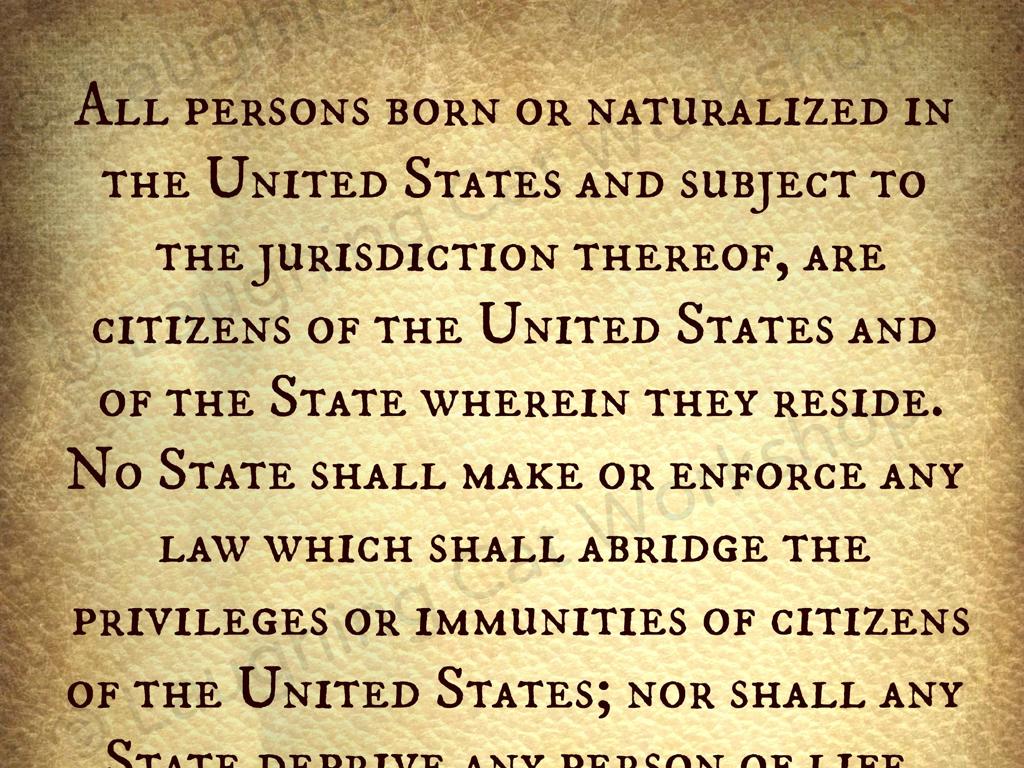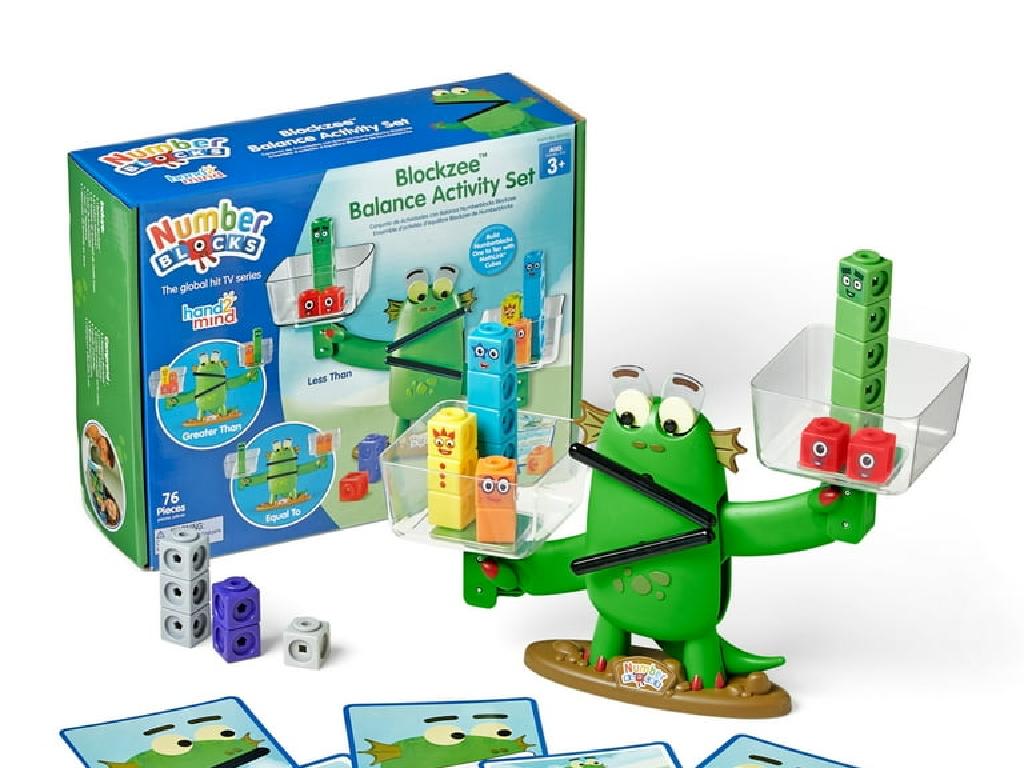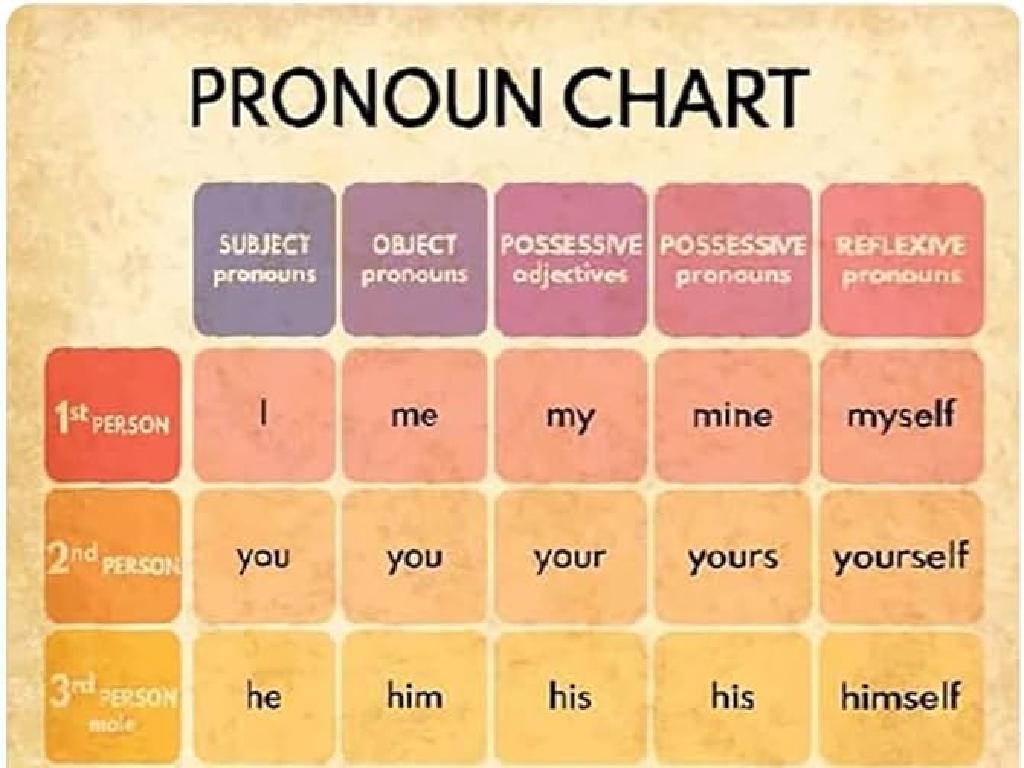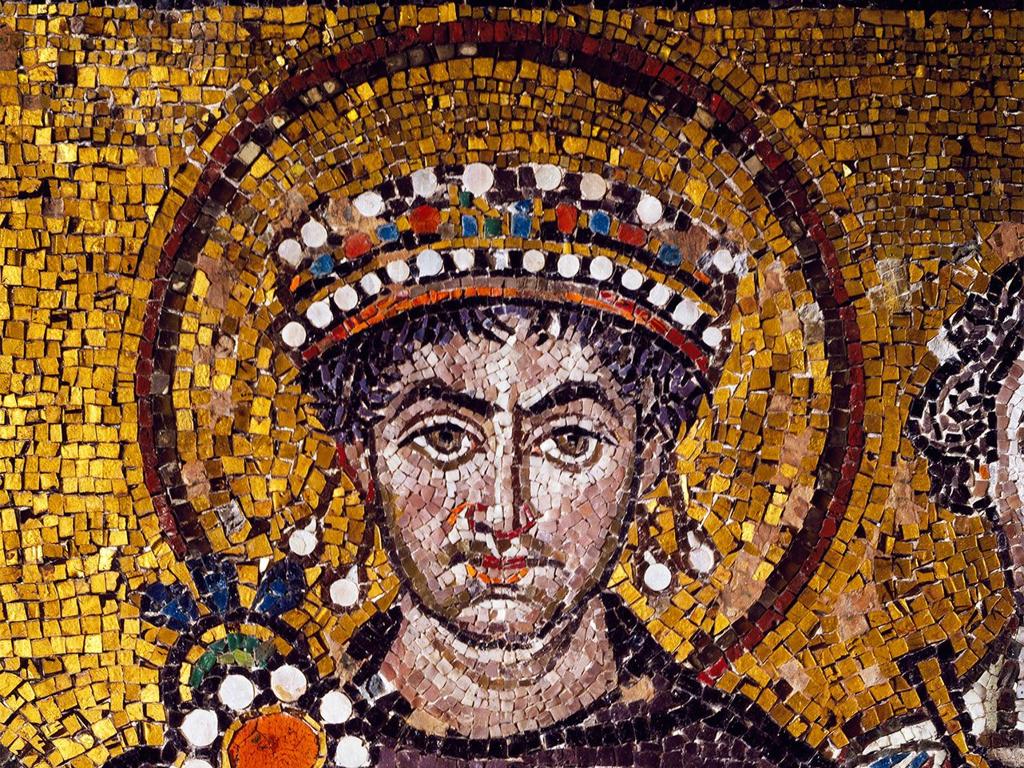Bodies Of Water
Subject: Science
Grade: First grade
Topic: Earth'S Resources
Please LOG IN to download the presentation. Access is available to registered users only.
View More Content
Exploring Bodies of Water
– Earth’s resources introduction
– What is a resource?
– Things we use from Earth to live and grow
– Bodies of water as resources
– Oceans, rivers, lakes are examples of water bodies
– Importance of water resources
– Water is used for drinking, farming, and living
|
This slide is designed to introduce first graders to the concept of Earth’s resources with a focus on bodies of water. Begin by explaining what resources are in a way that’s relatable to the students, such as water to drink or soil to grow plants. Then, transition to discussing various bodies of water, such as oceans, rivers, and lakes, and their significance as vital resources. Emphasize how water is essential for life, supporting human activities like drinking, farming, and providing habitats for animals. Encourage the students to think about how they use water every day and to come up with questions about water bodies they might want to explore.
Exploring Water: Earth’s Vital Resource
– Water: clear, tasteless, odorless
– Essential for all life forms
– We need water to drink, bathe, and grow food
– Water exists in many places
– Oceans, rivers, lakes, and rain are examples
– Water takes different forms
– Water can be liquid, ice, or vapor
|
This slide introduces first graders to the basic concept of water, emphasizing its importance to life on Earth. Begin by explaining the properties of water, such as being clear, tasteless, and odorless, which can be demonstrated with a simple water sample. Discuss how essential water is for survival, not just for humans but for all living organisms, highlighting its role in drinking, hygiene, and agriculture. Illustrate the different places where water can be found, like oceans, rivers, and lakes, and explain that water also falls from the sky as rain. Finally, touch on the different forms of water: liquid (like in a glass), solid (as ice), and gas (steam or vapor), which can be shown with visual aids or simple experiments. The goal is to make students aware of water’s omnipresence and versatility in the environment.
Exploring Bodies of Water
– Many types of bodies of water
– Oceans and seas are huge
– Oceans: Pacific, Atlantic; Seas: Mediterranean, Caribbean
– Lakes and rivers are smaller
– Lakes: Freshwater, can be big or small; Rivers: Flowing water
– Importance of bodies of water
– They give us water to drink, places for animals to live, and help with weather
|
This slide introduces the concept of different bodies of water to first-grade students. Emphasize the size difference between large bodies of water like oceans and seas, and smaller ones such as lakes and rivers. Provide examples of each type to help students visualize and understand the scale. Discuss the importance of these water bodies in providing essential resources, habitats, and their role in the Earth’s climate. Encourage students to think about local bodies of water they may be familiar with and how they are used by people and animals.
Exploring Oceans: Earth’s Largest Bodies of Water
– Oceans are huge bodies of saltwater
– Our planet has five oceans
– We will learn their names
– Pacific, Atlantic, Indian, Southern, Arctic
– Oceans are important for Earth
– They provide habitat, regulate climate, and more
|
This slide introduces the concept of oceans to first graders, emphasizing their size and the fact that they are made of saltwater. Highlight that there are five distinct oceans on Earth, and engage the students by naming them together: the Pacific, Atlantic, Indian, Southern, and Arctic Oceans. Explain that oceans are a critical part of Earth’s ecosystem as they are home to many creatures, help control the weather, and are a source of food and recreation for people. Use a globe or a world map to point out the oceans. Encourage the students to think about why oceans are important and how they help every living thing on Earth.
Rivers and Lakes
– Rivers flow across the land
Rivers are like long water roads.
– Lakes are big water areas
Lakes are like big water bowls.
– Fish live in rivers and lakes
Many types of fish swim there.
– Rivers and lakes help us
We use them for water and fun activities.
|
This slide introduces first graders to the concepts of rivers and lakes as important bodies of water on Earth. Explain that rivers are like roads made of water that travel long distances, while lakes are like giant bowls filled with water that sit in one place. Highlight that both rivers and lakes are home to fish and other wildlife. Emphasize how these bodies of water are valuable to us for providing water to drink, places to swim, and for fun activities like boating and fishing. Encourage students to think about any experiences they have had with rivers and lakes and to imagine the different animals that might live there.
Exploring Ponds and Streams
– Ponds: small bodies of still water
– Streams: tiny, flowing water bodies
– Animals in ponds and streams
– Frogs, fish, ducks live in ponds. Minnows, crayfish in streams.
– Observing water movement
– Some streams flow quickly, others are slow and calm.
|
This slide introduces the students to the concepts of ponds and streams as types of bodies of water. Ponds are described as smaller, still bodies of water compared to lakes, which can help students understand the scale and movement of water in nature. Streams are explained as smaller versions of rivers, with varying speeds of flow. Encourage students to think of animals that live in these bodies of water, such as frogs, fish, and ducks in ponds, and minnows and crayfish in streams. This can be interactive by asking students to share their experiences or observations of such animals. Discuss with the students how the speed of a stream can vary and why that might be. This will help them understand the diversity of water bodies and their importance to ecosystems.
The Importance of Water
– Water for drinking and cleaning
– We use water every day to stay healthy and clean
– Water helps plants and animals live
– Just like us, animals and plants need water to grow
– Taking care of water resources
– We must keep our rivers, lakes, and oceans clean
|
This slide aims to teach first-grade students about the critical role water plays in our lives and the environment. Emphasize that water is essential for daily activities such as drinking and cleaning, and it’s also vital for the survival of plants and animals, making it a precious resource. Discuss the various bodies of water such as rivers, lakes, and oceans, and how they are sources of the water we use. Encourage students to think about ways they can help conserve water and keep it clean, like turning off the tap while brushing their teeth or picking up trash near water bodies. This will instill a sense of responsibility towards maintaining our water resources.
Let’s Protect Our Water!
– Turn off the tap while brushing
– Throw trash in bins, not water
– Discuss other protection methods
– Can we use less water when bathing? What about reusing water for plants?
– Why protecting water is important
– Clean water is vital for drinking, cooking, and washing.
|
This slide aims to teach first graders about the importance of conserving and protecting water, an essential Earth’s resource. Start by explaining simple actions they can take, such as turning off the tap to save water and ensuring trash goes into bins to prevent water pollution. Engage the class by asking them to think of other ways they can help protect water in their daily lives, like using less water during bath time or reusing water for plants. Emphasize the importance of clean water for our health and the environment. Encourage them to share ideas and discuss why it’s important to keep water clean for everyone.
Class Activity: Mini Ocean Creation
– Create a mini ocean in a bowl
– Add rocks, plastic fish, and plants
– Discuss each item’s role in the ocean
– How do rocks, plants, and fish help the ocean?
– Understand oceans as Earth’s resource
|
This activity is designed to give students a hands-on experience with understanding oceans as an important Earth resource. Provide each student or small group with a clear bowl, and a variety of items such as rocks, plastic fish, and artificial plants. Guide them to arrange these items in their bowl to create a representation of the ocean. As they work, encourage discussion about how each item is part of the ocean’s ecosystem. For example, rocks can provide shelter for sea creatures, plants can supply oxygen and food, and fish are part of the living community. This activity will help students appreciate the complexity and importance of ocean habitats. Possible variations of the activity could include using different water types (saltwater, freshwater), adding sand to represent the ocean floor, or using food coloring to represent different ocean zones.






